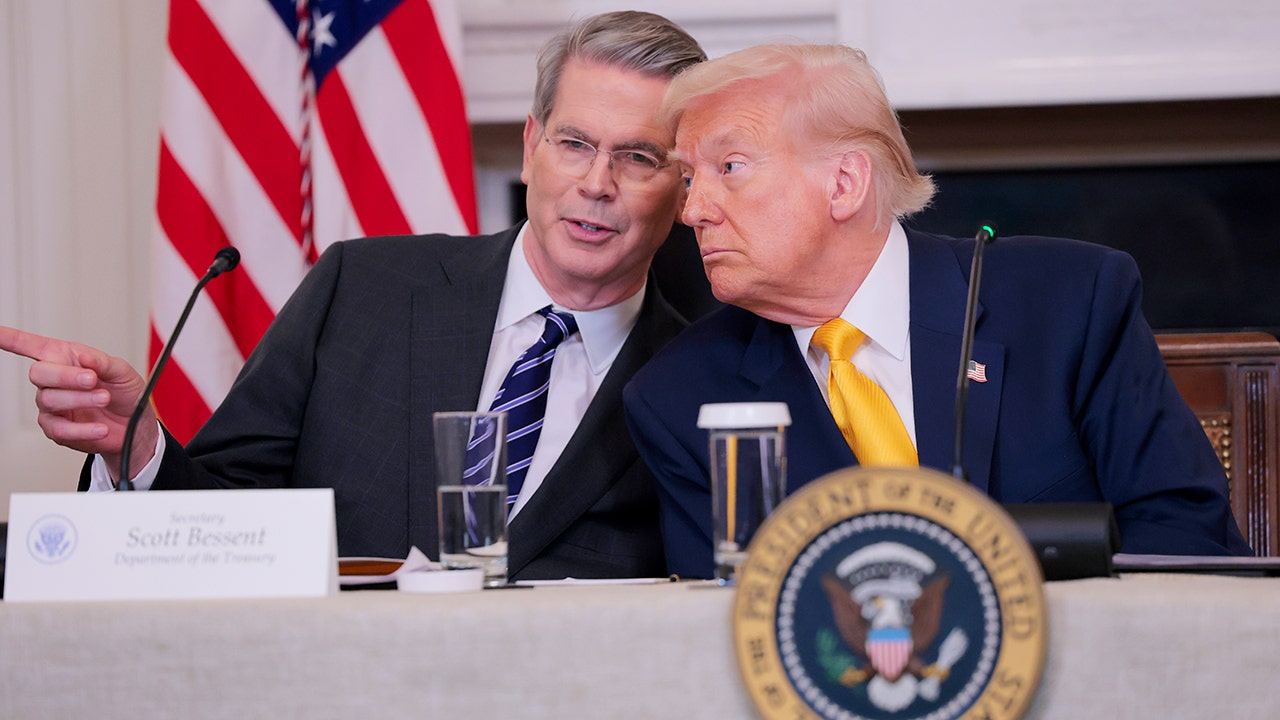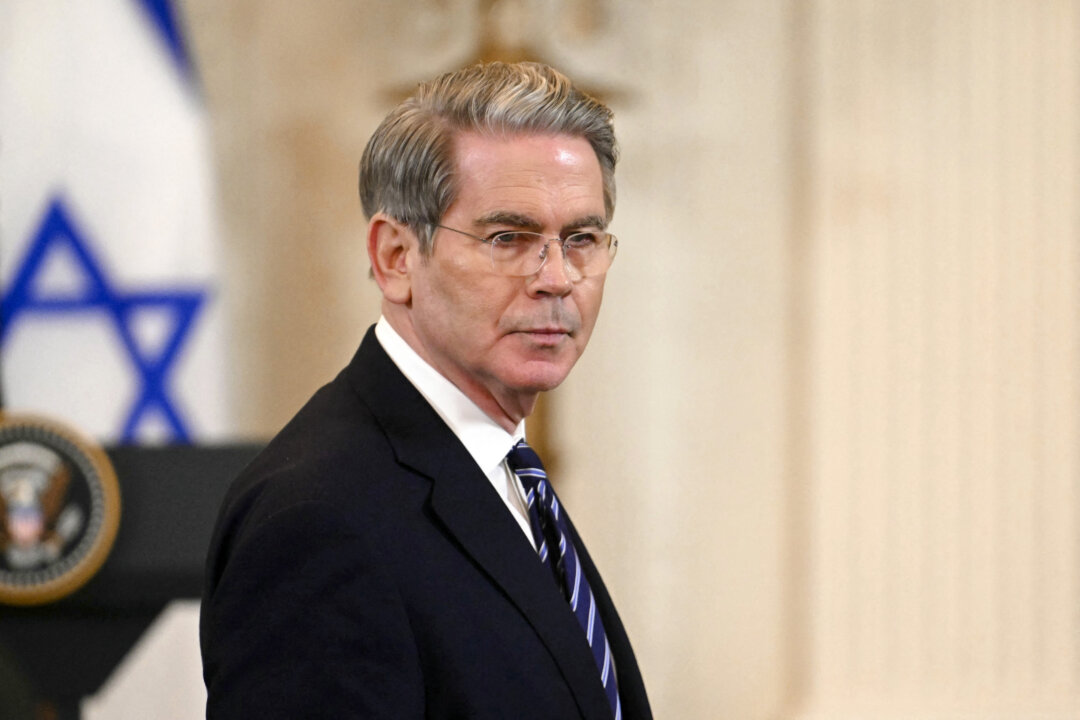Trump Administration Implements Tariffs Targeting China Amid Trade Talks with Allies
New tariffs on Chinese goods reach 125% as the U.S. works with allies to challenge China's economic practices.
Subscribe to unlock this story
We really don't like cutting you off, but you've reached your monthly limit. At just $5/month, subscriptions are how we keep this project going. Start your free 7-day trial today!
Get StartedHave an account? Sign in
Overview
Treasury Secretary Scott Bessent announced on Wednesday that the U.S. would impose tariffs of 125% on Chinese imports, while easing tariffs for other nations. This comes as part of a strategy to collaboratively negotiate trade agreements with various allies against China, which Bessent criticized as uncooperative in trade discussions. Many countries, including Japan and South Korea, are reportedly eager to engage the U.S. in restructuring trade terms, while concerns about a potential financial crisis arise amidst market volatility attributed to this shift in trade policy. President Trump emphasized his administration’s focus on revitalizing the American economy through these measures.
Report issue

Read both sides in 5 minutes each day
Analysis
Analysis unavailable for this viewpoint.
Articles (7)
Center (0)
No articles found in the Center category
FAQ
The primary reason is to challenge China's economic practices and negotiate more favorable trade terms.
The administration plans to work with allies like Japan and South Korea to restructure trade terms and negotiate collectively against China.
The tariffs could lead to market volatility and concerns about a potential financial crisis.
History
- This story does not have any previous versions.






